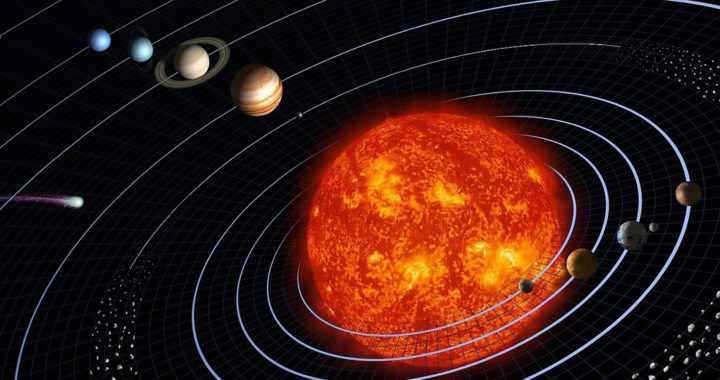Outer space might seem empty considering its vastness and the large distance between astronomical objects. However, within the Solar System alone, rouge objects are roaming around, most of the time in orbit and locked with the gravitational pull of bigger objects but sometimes running free in a collision with another object. Consider asteroid, comet, and meteoroid as examples.
Astronomy Basics: The Difference Between Asteroid, Comet, and Meteoroid
Specific Definitions
There is one similarity between asteroid, comet, and meteoroid: there are all small astronomical objects or celestial bodies that orbit the Sun. The main differences between these three revolve around their composition, size, and origin. Take note of the following:
• Asteroid: A rocky and airless object with a size ranging from a few meters to hundreds of kilometers in diameter. Most asteroids are found in the asteroid belt between the orbits of Mars and Jupiter and they are thought to be leftover debris from the early Solar System.
• Comet: A small and icy object commonly found on the outer edges of the Solar System. A comet that gets close to the Sun causes its icy surface to vaporize due to heat and the entire object creates a glowing coma and a bright visible tail made up of gas, dust, and other materials that are carried away by the solar wind.
• Meteoroid: A rocky object smaller than an asteroid with a size ranging from a grain of sand to a small boulder. Most meteoroids are fragments from asteroids and comets while others are collision impact debris from larger bodies such as Moon or Mars.
To summarize the difference between the three, remember that asteroids are rocky objects that orbit the sun, comets are icy objects with bright tails that also orbit the sun, and meteoroids are small particles or objects that emerged as fragments from asteroids, comets, or larger celestial bodies such as moons and planets.
Meteor and Meteorite
It is also important to note that the terms “meteor” and “meteorite” refer to either asteroids, comets, or meteoroids that enter the atmosphere of the Earth.
Meteors are also called “shooting stars” because they glow. Note that celestial objects entering the Earth undergo aerodynamic heating due to friction and produce a streak of light and a trail of glowing particles. Several celestial objects entering the atmosphere seconds or minutes apart produce a phenomenon called a meteor shower.
Note that a meteorite is the remnant of a celestial body found on the ground that has survived the ablation of its surface while it passes through the atmosphere as a meteor.
Approximately 25 million tiny particles of astronomical objects and space debris fall into the atmosphere of the Earth each day. This results in a total of about 15,000 metric tons of this material entering the atmosphere every year.





